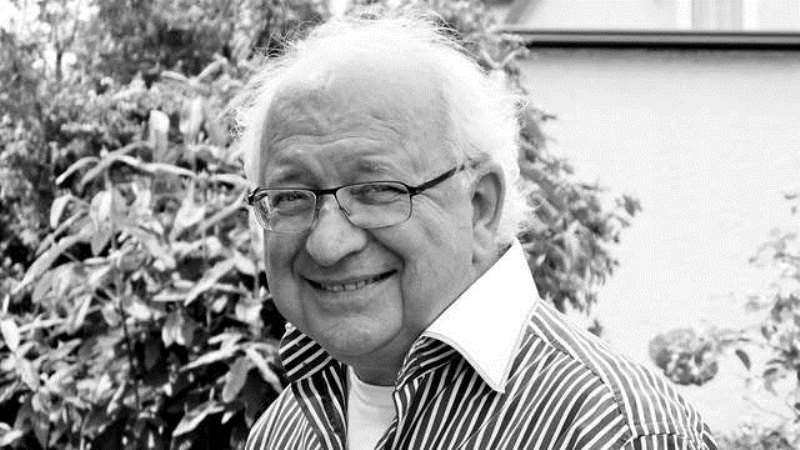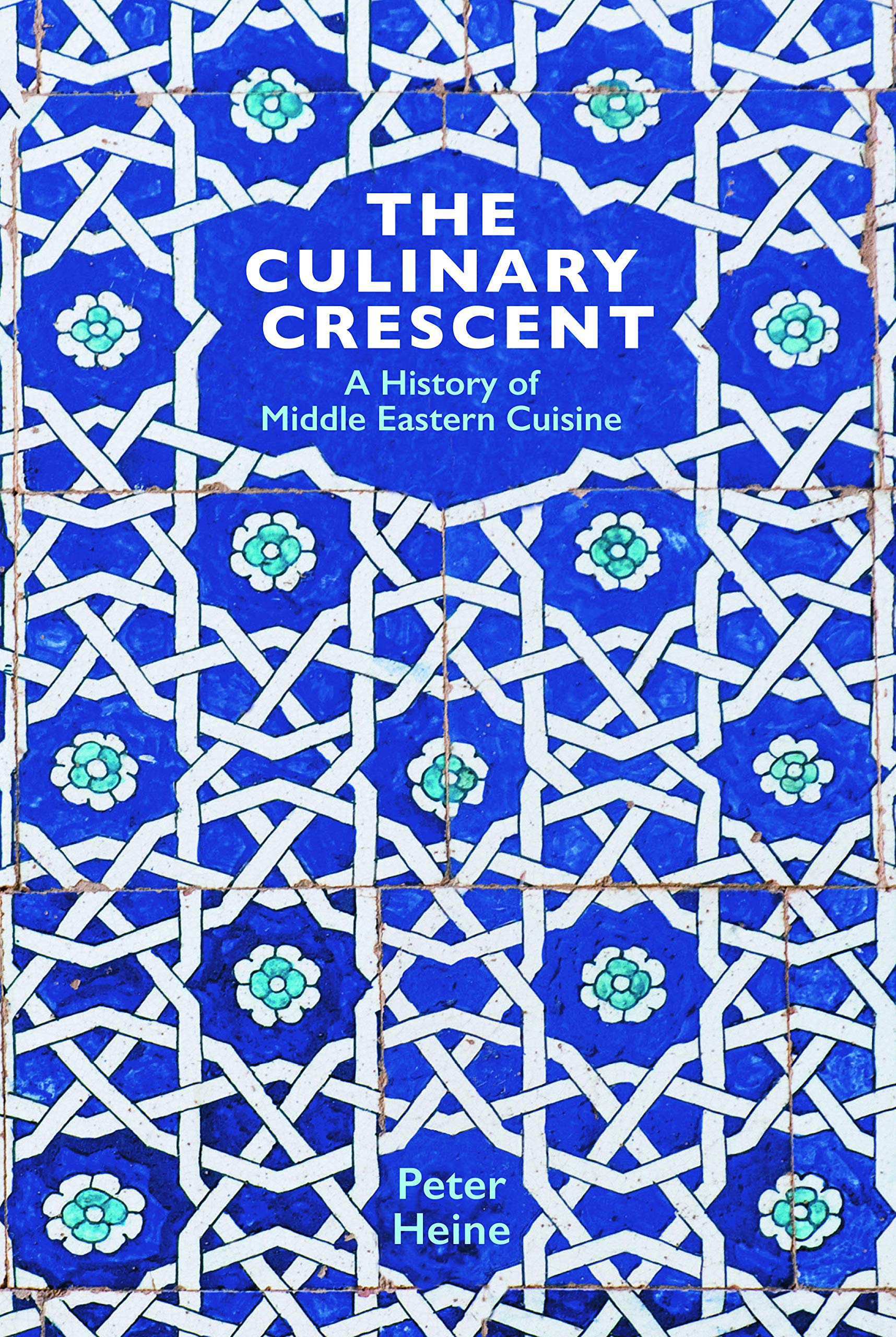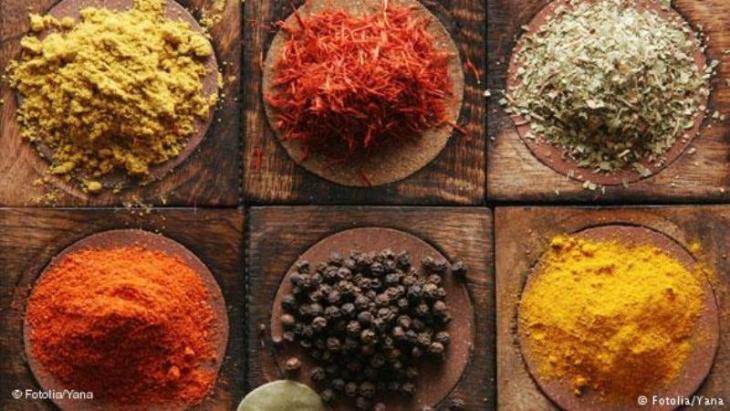Pepper... a universally-used condiment

Peter Heineʹs newly translated The Culinary Crescent: A History of Middle Eastern Cuisine opens on an odd note. In the prologue, Heine asserts that "the majority of cookbooks on individual countries of the Islamic world are devoted to the cuisine of Morocco; the doyenne of this particular field is the French author Zette Guinaudeau-Franc."
We might attribute the muddled prose to Peter Lewisʹs translation rather than to Heineʹs original German. Still, by what research does Heine know that the majority of books in this category – whatever it is – are devoted to Moroccan food? What makes French author Guinaudeau-Franc the "doyenne" of it? For what audience does she have this authority?
This sort of broad, befuddling brushstroke marks the whole of The Culinary Crescentʹs attempt to report on cuisine from the sixth to twenty-first centuries across dozens of countries and thousands of kilometres.
Heine is a professor emeritus of Islamic Studies, so itʹs not surprising that the book opens with an exploration of the relationship between food culture and Islam. What does surprise is that the first chapter, "No Pork, no Alcohol", is a mishmash of trite observations and unsourced data, where all 1.5 billion Muslims are made to nod along to the same fervent opinions.
A penchant for personal yarns
Although the book does have a brief bibliography, there are no footnotes and most of Heineʹs claims are backed up by what read like personal anecdotes. For example, to support his assertion that "Muslims have a deep aversion, even disgust, towards pork," he gives the proof that, "It can easily happen that a Communist of Arab descent, who is by no means averse to a glass of whisky, will criticise an Egyptian Muslim female colleague for eating ham."

Many other personal yarns are blurred just enough to turn them into general wisdom. For instance, Heine tells us that Muslims donʹt like the sight of "red meat juices".
He supports this by telling us that "many a chef responsible for preparing a state banquet" for Muslims has "ruefully come to the realisation that the foreign guests would have found the meat more palatable if it had been served well-done." Who are these many chefs and where did Heine meet them? We arenʹt told.
When research does appear in the book, it too is obscured. Heine cites one study "conducted by an Arab sociologist" to demonstrate Muslimsʹ suspicions toward meat. In it, Egyptian farmers were asked whether they would buy from a Shia butcher, to which "they replied: ʹOh no, who knows what those people do to the meat!ʹ"
It is unclear whether the answer was an option on the survey, or whether these strange Egyptian farmers all happened to give our unnamed sociologist precisely the same response.
Islam and gender 101
After informing us about alcohol and pork, Heine moves on to explain Ramadan in a manner that should feel painfully basic to any twenty-first century adult reader.
This explanation is peppered with sweeping declaratives such as, "Public life in Muslim countries is organised around the month of fasting." At Ramadan meals, Heine asserts, "Above all, people talk about the dishes that were served." How does he know? Surveys? Surveillance? Itʹs unclear.
The book also suggests that food purchase and preparation are the sole domain of Muslim "housewives", as when Heine tells us that "Ottoman cookery has been made accessible to the modern housewife". Weʹre also told that Middle Eastern men discuss food in order "to skirt thorny issues like political debates or religious quarrels" while, for the contemporary Middle Eastern woman, talk of food provides "an opportunity to boast of their domestic skills".
Heine makes frequent reference to a lack of scholarly information about regional food culture, thus providing cover for any lack of information in the book. At one point, Heine makes the odd assertion that "the only attempts to uncover this past history are taking place almost exclusively among the various Middle Eastern emigre and refugee groups who are living cheek-by-jowl with one another in Europe and the Americas."Much of The Culinary Crescent reads like an expatʹs dinner-party chatter, as when Heine writes, "Entertaining guests is now a firmly established feature of the Middle Eastern way of life." There are many such banalities, but my favourite is: "Young people find the malls an ideal place to socialise and a visit to a fast-food restaurant counts among the highlights of these trips."
The glossary, too, is packed with word bloat. Heine informs his reader – hitherto unaware – that mint is, "a widespread herb available in many different varieties" and raisins are "desiccated grapes, which need to be reflated in water before adding to sweet or savoury dishes." Pepper, weʹre told, is "a universally-used condiment available in several different varieties."

Muslims, theyʹre just weird like that
Throughout the bookʹs 233 pages, we wander across time, place and topic, often without knowing when or where we are. This leads to all manner of confusing generalisations about the Middle East, often placed in contrast with a fixed and stereotypical West.
Middle Eastern politicians win credibility, weʹre told, "through culinary expertise", with the proof that Aisha Gaddafi claimed to be a good cook. Heine goes on to tell us: "the contrast to Western politicians and other prominent figures, who like to stress their preference for plain cooking, is plain and striking."
There are a hundred moments in The Culinary Crescent that should have been fascinating: the history of coffee; the origin of blancmange; how Arab and Turkish recipes were presented in nineteenth-century British cookbooks. There are occasional fun quotes, as this one from Rumi: "ʹNo sooner is the pan hot than the chickpeas start jumping up in hundreds of manifestations of ecstasy.ʹ" But not a single topic is developed. Each gets only a page or two before Heine sweeps on to the next.
There is a wealth of new research about Middle Eastern food history, as well as excellent new translations of medieval cookbooks from Arabic, particularly by independent scholars like Nawal Nasrallah and Charles Perry. There are also well-researched regional food blogs, such as Nasrallahʹs "In My Iraqi Kitchen" and Anny Gaulʹs "Imik Simik: Cooking with Gaul".
By contrast, The Culinary Crescent, published in German in 2016 and in English this year, reads like a series of high-school research papers, bloated with exotic-sounding banalities in order to make a teacherʹs required word count.
Marcia Lynx Qualey
© Qantara.de 2018
